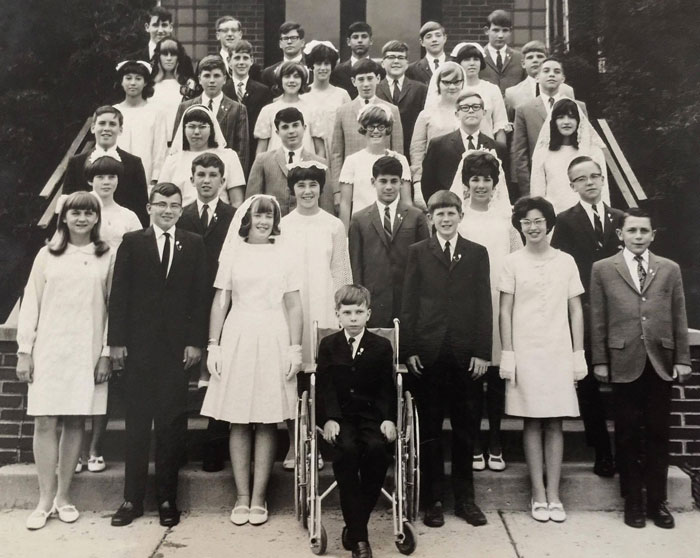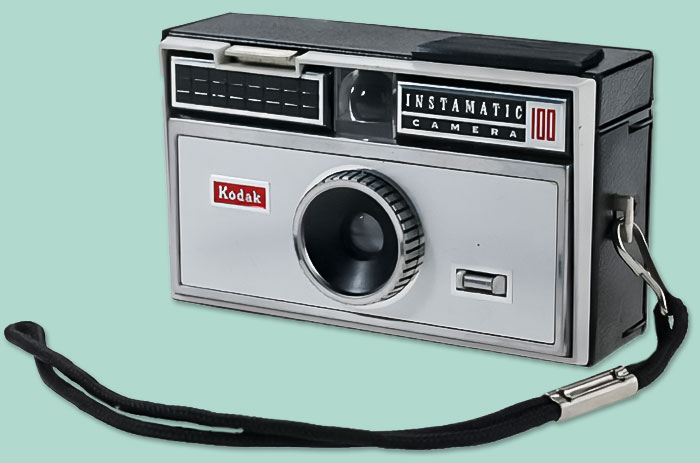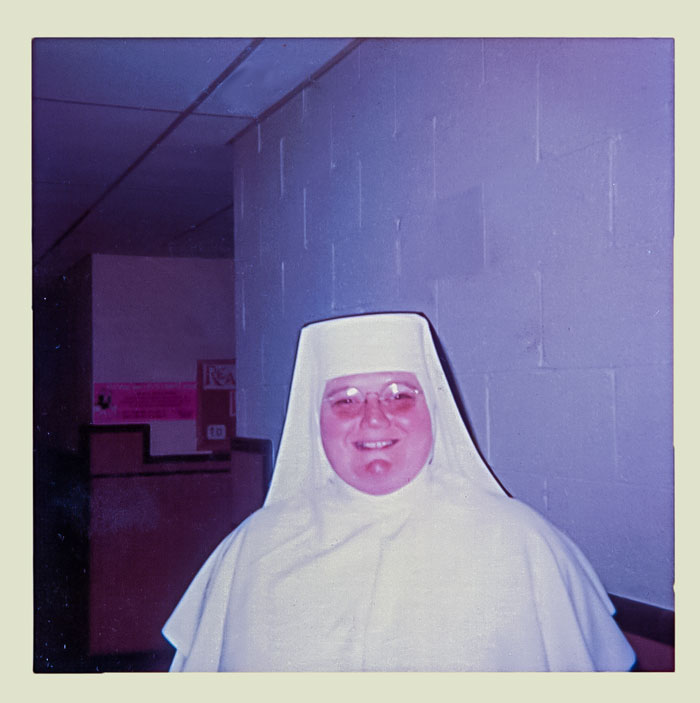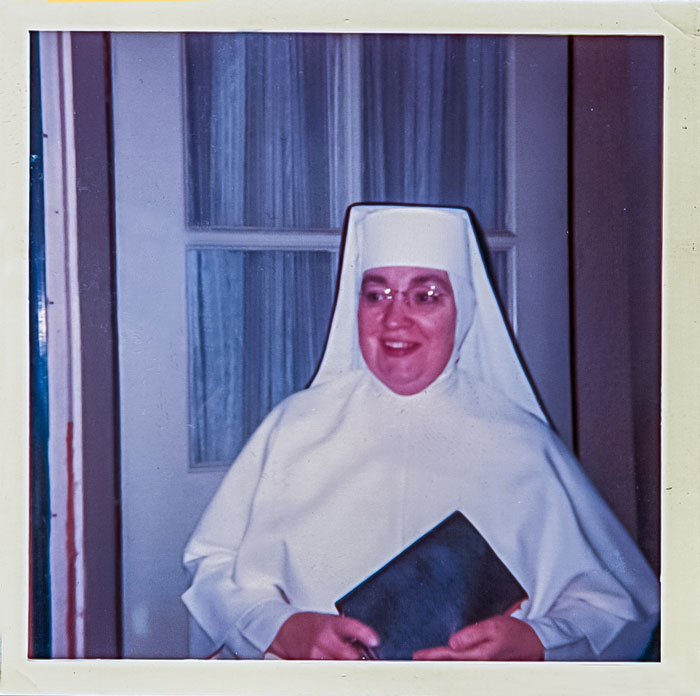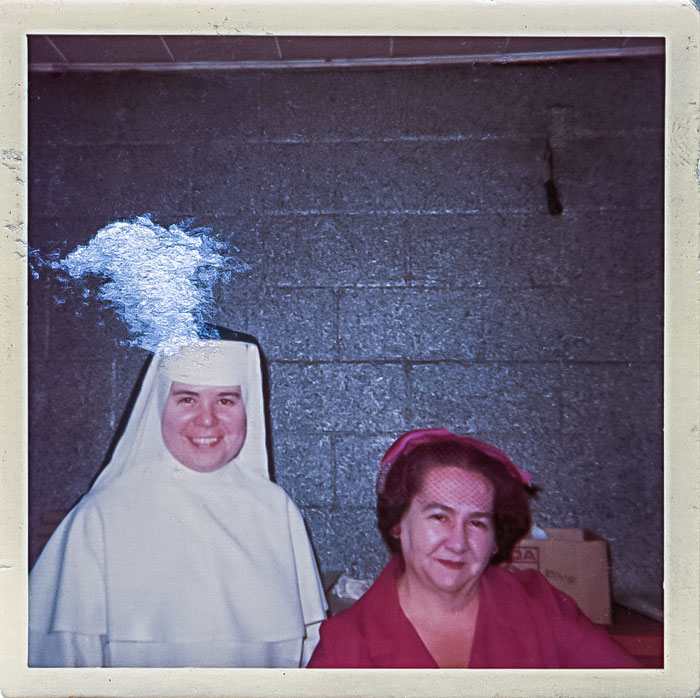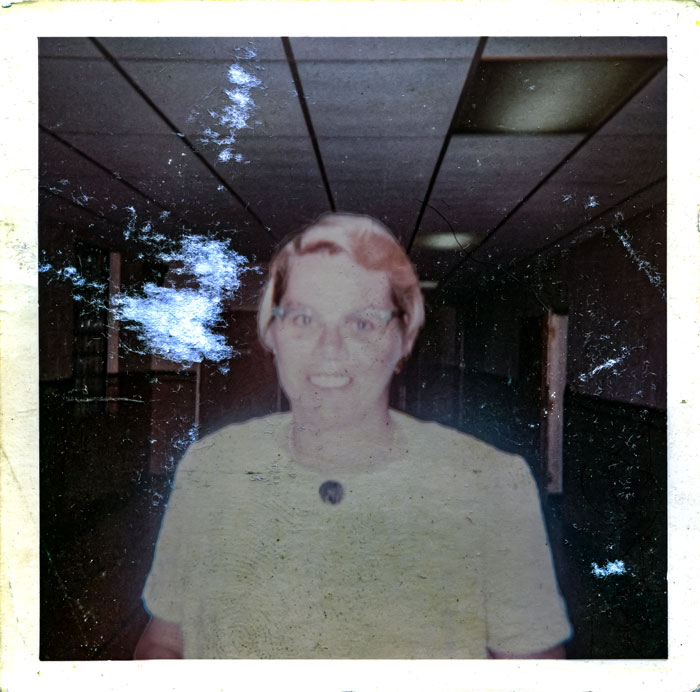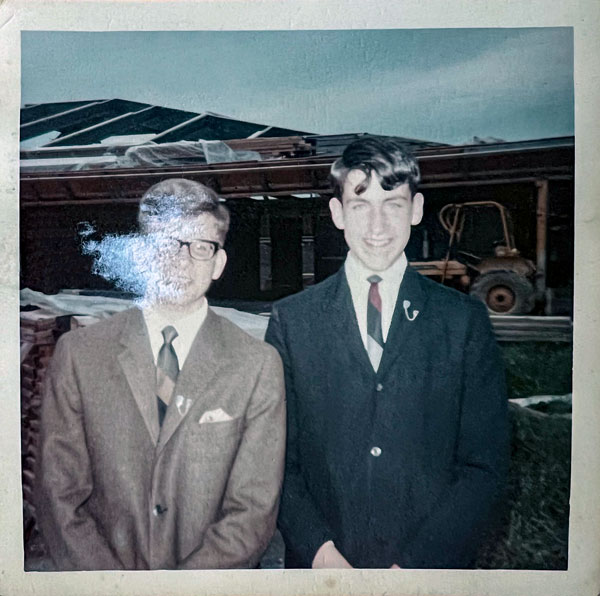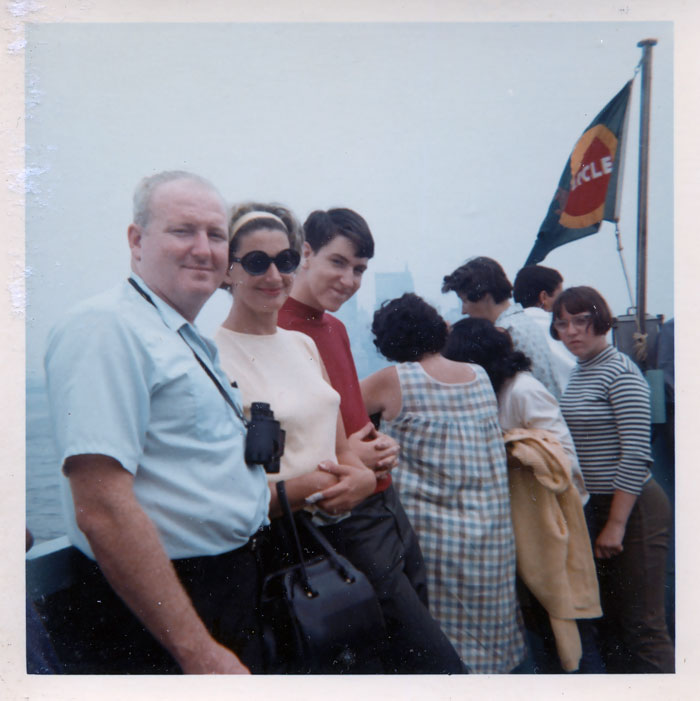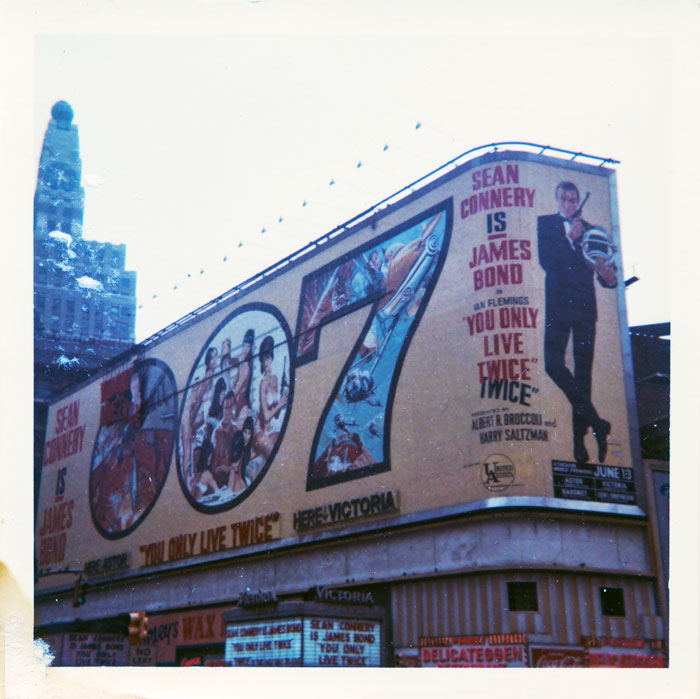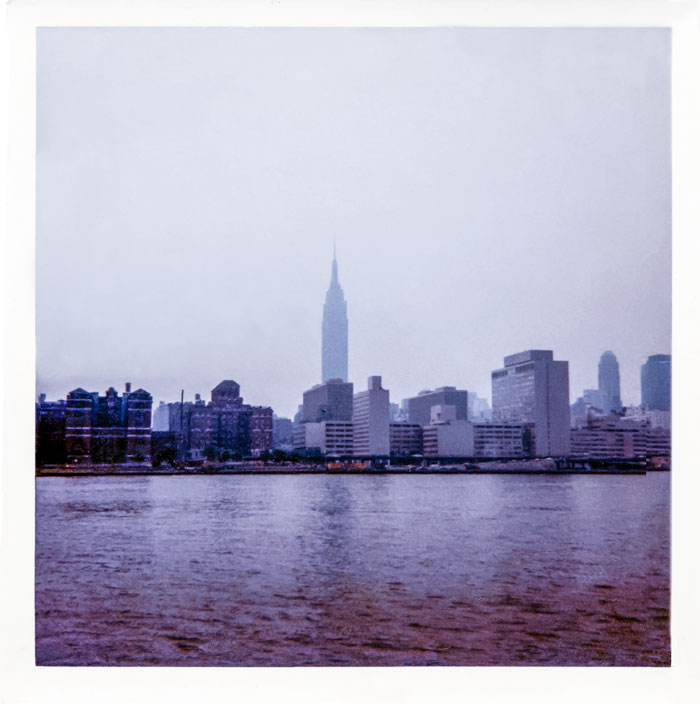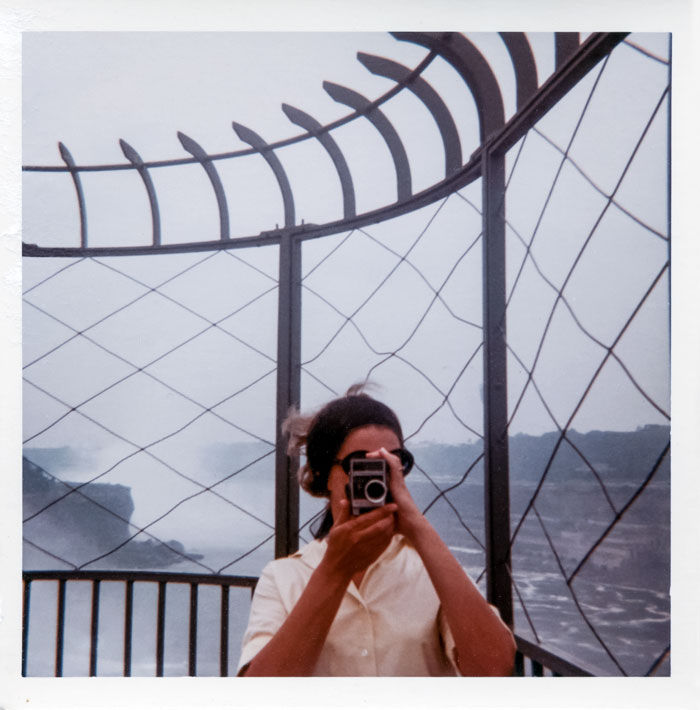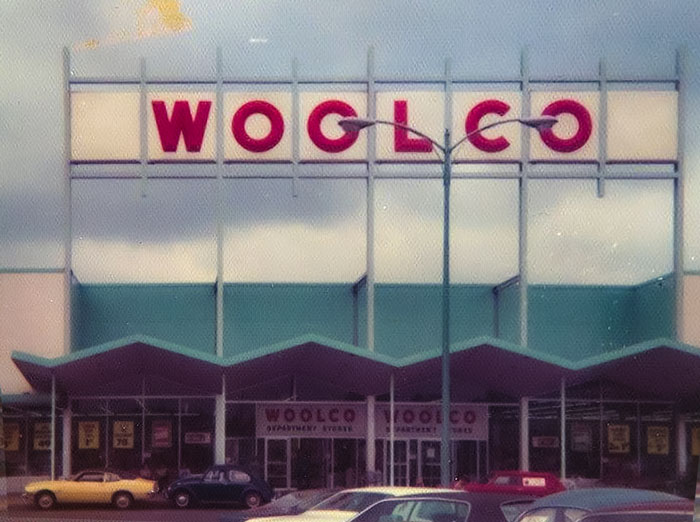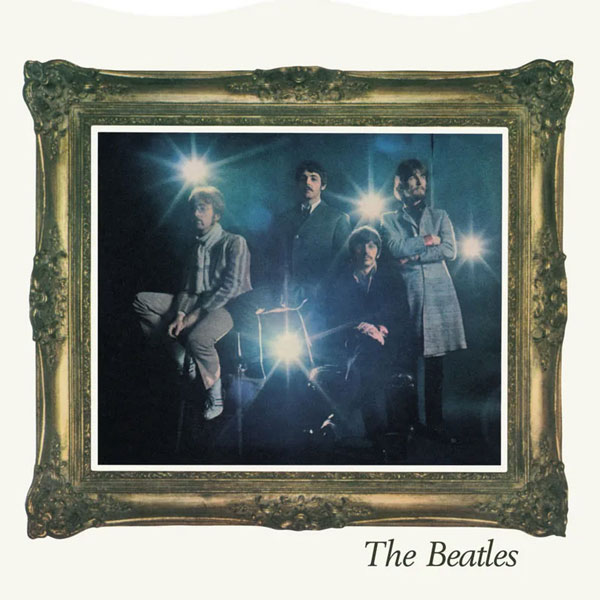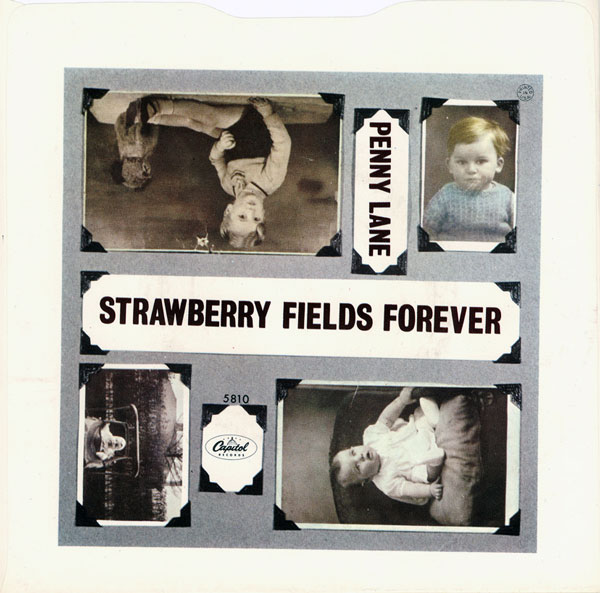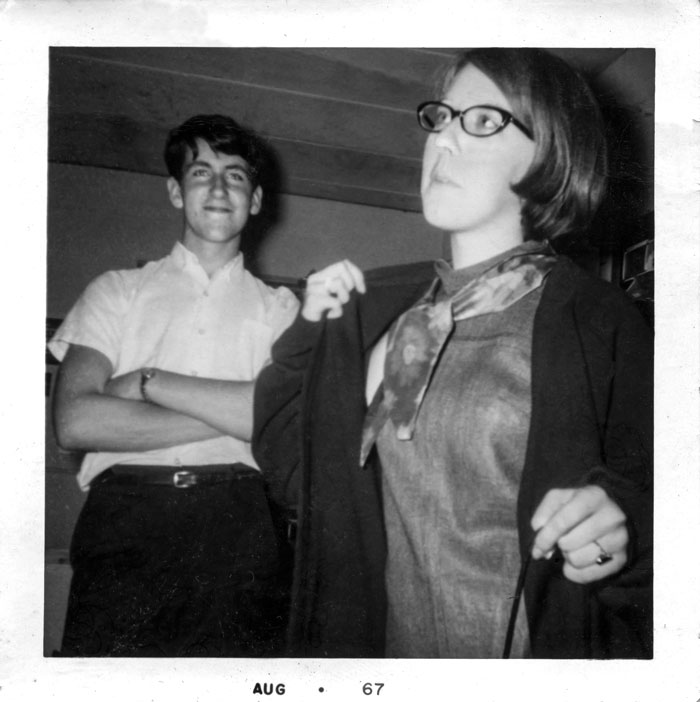First camera: some sort of Instamatic
Sometime in 2021, the pandemic still raging round the world, I turned to a project I’d been thinking about for a while. I had stacks of negatives, slides, and prints—thousands of images—that had never been sorted, properly
preserved, or digitized. I was hiding in a loft in the Bronx with no idea how long I’d be confined; I had room and I had scanning equipment so I started to work.
Like many, I had been an amateur photographer for many years, but the sheer scale of my image-making seemed to make this hobby into something more. I’d always bitterly resented that word, hobby, which seemed to trivialize whatever I’d
been working on. When people described me as a film buff, for instance, I’d sputter and say that wasn’t an accurate description. I saw myself as more of an amateur, in the way the word was used to describe gentleman scientists.
Was I a hobbyist as a photographer? For a few years in the 2010s I’d tried to prove I wasn’t: I put portfolios together, I sat for critiques and entered shows, I even had paying gigs. I began to put more photos on the website I first
constructed in the mid-90s. Still, the feeling that I was a dilettante never left me; it remains with me today. I know that it’s far too late to prove anything, if anything about creativity can be proven. In art there are no facts, only
opinions.
This attempt to organize my stuff (my “work”) was the beginning of the text you are currently reading. As I scanned more and more of these images—at least fifty-thousand—and especially as I began to date them, I realized I
was making a version of an autobiography. A Moby Dick of an autobiography, as I began to see that the project could include anything I had thought or felt or seen or created. Just as Melville felt no constraints about what
might be in his novel, I would have no constraints in my project. Everything—including the kitchen sink!
Structure evolved, rules evolved. It would at least begin as a chronological story. Hundreds of text items, each triggered by an image. I let the semantic nature of HTML 5.0 tags provide the structure: an <html> page for every
year, and within that page numerous <article> tags followed by <details> containing <figure> tags with images and captions and paragraphs <p>. I would include <video> and <audio> when that would help to
tell the story.
Above all, I would tell the truth or as near to the truth as I could get. At first this involved an obsession with accurate dates. The digital evidence is easy to date: you can find the camera you used, the shutter speed and aperture,
and not only the day you recorded the image but the time of day and in some cases, the exact location of the shutter click. I began shooting with digital cameras around the start of the 21st century, and used either a Nikon DLSR or an
iPhone exclusively from 2007 on.
The analog photos, the ones recorded on film, are much more difficult. I’ve had to rely on internal evidence as ephemeral as a haircut or a cast on an arm; sometimes a vague feeling is the only guide I had. As more evidence is
discovered—another box excavated, a letter, a card with an address or a postmark—I’ve had to revise. The revisions often have a ripple effect on the timing. Just the other day a reference in a letter forced me to move hundreds
of photos to a previous year.
Truth is more than an accurate date, of course. I constantly romanticize my past to fit the events into some larger (or more complimentary) story. This is what I’m trying to eliminate from this account. I know I fail constantly, that
some stories I don’t even recognize as fiction. My goal is to eliminate these fictions as much as I can. As I write, reflect, then rewrite, the task is to get at the actual truth.
Of course I’ve hidden things deliberately, in direct contradiction of my goal. Shame prevents absolute truth, I am discovering. If I last another ten years I’ll revise, I think. Also I didn’t want to give any of the unwitting
participants in this account pain or embarrassment; after all, many are still alive. Part of my strategy is to use first names only, except when the public record has already put a last name to a face. If I see any evidence that anyone
has been hurt by what I’ve done, I’ll change it.
The photos in the next two articles
are the very first I ever took. My parents gifted me an Instamatic for Xmas similar to the model pictured above; I made images of the teachers at my grade school. During a family trip to New
York that summer I shot dozens more. So it began.
